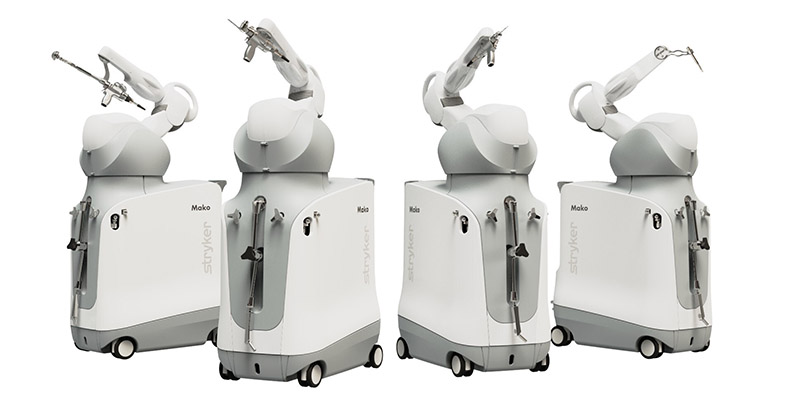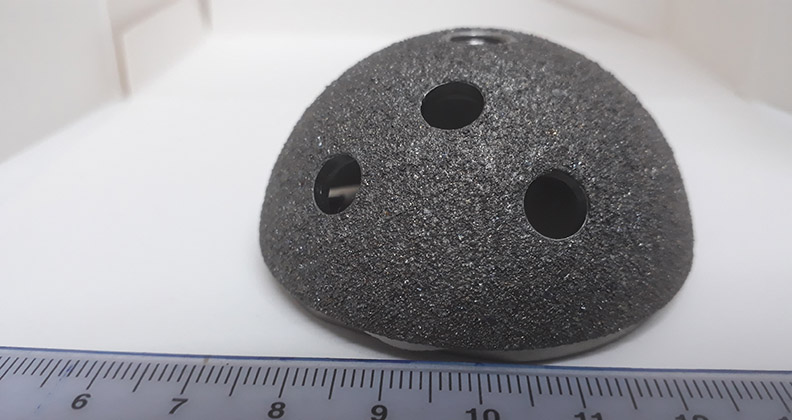
Sanford Health is attempting the use of fat-based stem cell treatments to heal small and partial thickness rotator cuff tears. This is reportedly the first clinical trial in the U.S. to gain FDA approval for the use of adipose stems cells to treat this type of injury.
Sanford Health’s orthopaedic trial opened in December 2016 and enrolled 18 participants (30 to 75 years old) at Sanford’s Fargo, North Dakota and Sioux Falls, South Dakota locations. Six months into the trial, no adverse effects have been reported in treating the rotator cuff injuries, David Pearce, M.D., president of Sanford Research, told The Bismarck Tribune. Sanford Health — one of the largest health systems in the U.S., with 43 hospitals and nearly 250 clinics in nine states and four countries — aims to expand the trial to 100 patients in the spring of 2018, Pearce told the newspaper.
Update 1/8/2019: After passing the safety trial phase in December 2018, more patients from the Dakotas will be added to the pivotal next phase of the study, which if passed will grant FDA approval to market the treatment.
Dr. Pearce said Sanford Health considered other types of orthopaedic injuries for its proposal, including osteoarthritis and knee, hip, wrist and back pain. Rotator cuff injures were chosen because they are a common joint injury and are easy to monitor, keeping this initial trial as simple as possible.
Sanford Health’s cell therapy techniques focus on adipose-derived stems cells because they can be used in many parts of the body and are easily collected. According to Sanford Health, adipose stem cells also yield many times more cells than other sources like bone marrow, can be returned to the body quickly and have a low infection rate. When applied to orthopaedics specifically, fat-based stem cells also are more likely to generate tissues, such as cartilage and bone, Dr. Pearce told The Bismarck Tribune. Marrow cells were more successful when targeting blood and immune diseases, according to Dr. Pearce.

Dr. Pearce in the Sanford Center lab. (Image from The Bismarck Tribune)
In an hour-long procedure, fat is removed from the abdomen through liposuction and adult stem cells are separated. Those same cells are then injected into the spot in the rotator cuff within the injured shoulder in need of repair.
Sanford Health’s Mark Lundeen, M.D. and Jason Hurd, M.D. are the study’s principal investigators. Both are orthopaedic surgeons.
Dr. Pearce expects the next two to three FDA-approved trials of stem cell therapy for orthopaedics to follow a similar format as Sanford’s trial. After that, Dr. Pearce predicts that efficacy will have been proven, and smaller and smaller trials will be needed for treatment of other types of orthopedic injuries.
Pearce reported that upon announcing its rotator cuff trial, Sanford Health received more than 500 phone calls from potential subjects across the country. Previously, many of the patients in the trial were relying on steroid injections every few months to manage pain. The injury would have eventually required surgery to repair, something doctors hope they will eventually be able to do with just stem cells, Pearce said.
In July, the Andrews Institute for Orthopaedics & Sports Medicine and the Andrews Research & Education Foundation announced facilitation of a randomized, multi-center Phase II U.S. FDA-observed clinical trial evaluating use of a patient’s own stem cells to regenerate knee cartilage. This was reportedly the first time that stem cells were evaluated in a clinical trial for the ability to regenerate cartilage in massive knee cartilage injuries.
Rob Meyer is ORTHOWORLD’s Senior Editor. Please send comments on this article to Carolyn LaWell.




